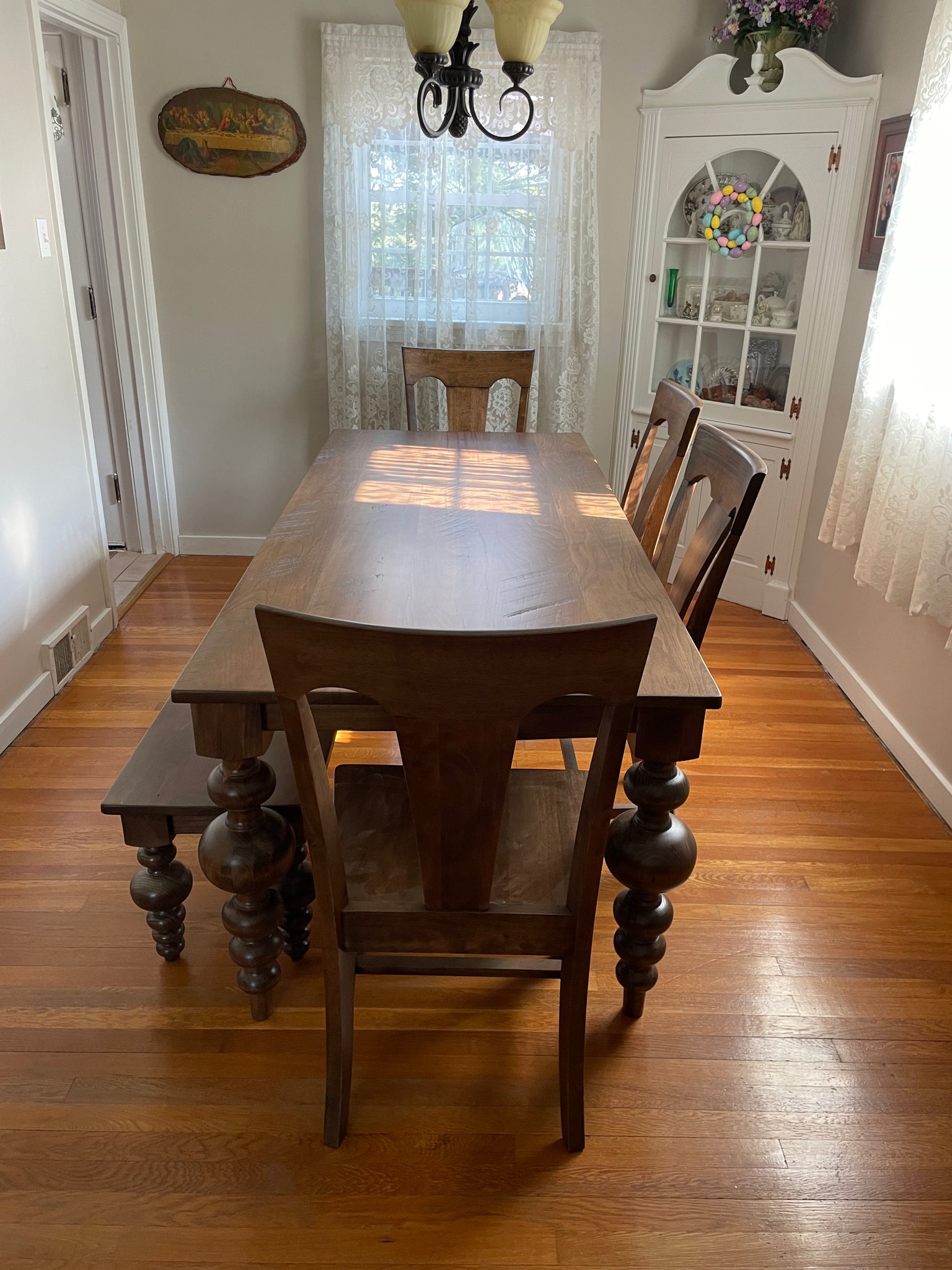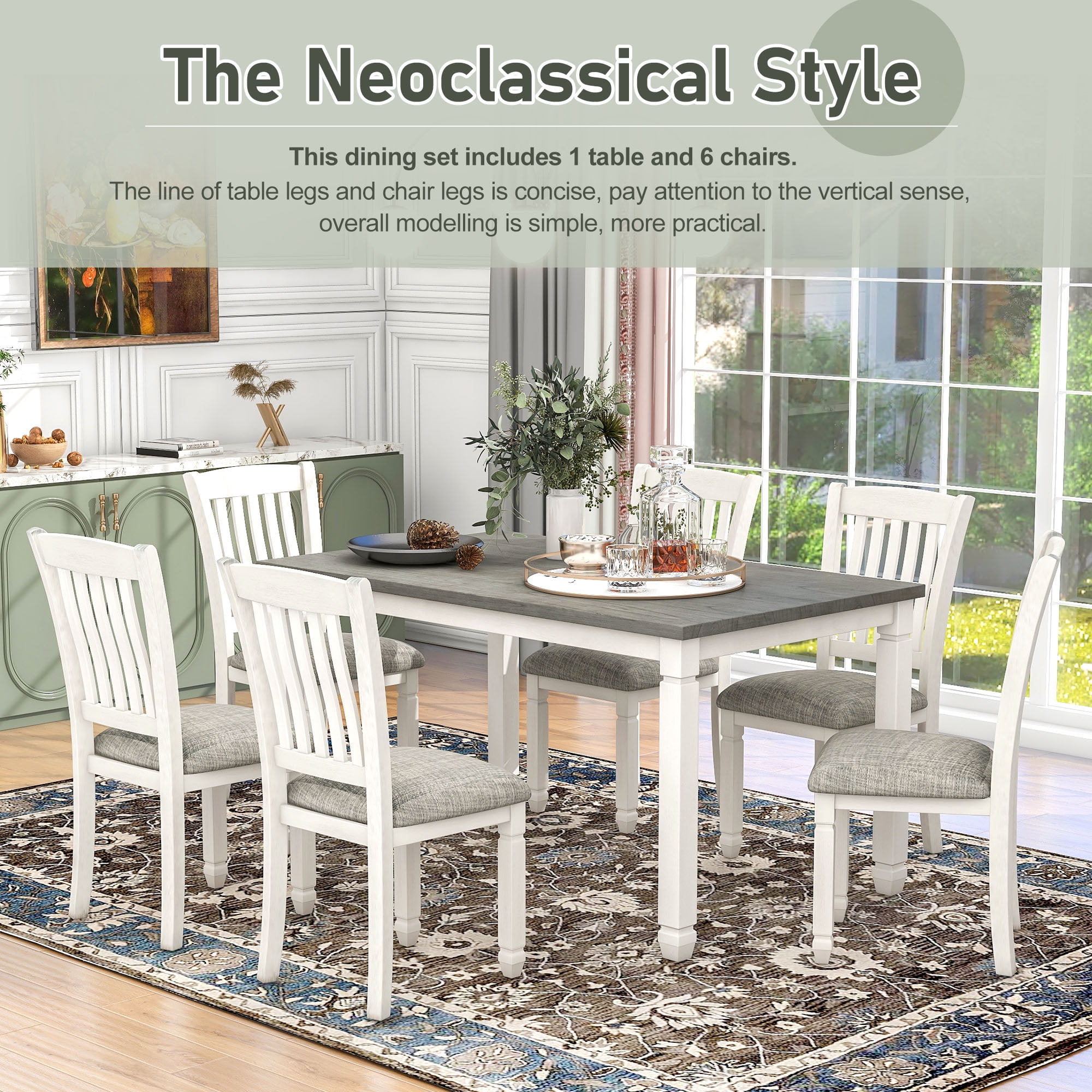Enhance Your Dining Room with Unique and Modern Dining Room Table Legs
Enhance Your Dining Room with Unique and Modern Dining Room Table Legs
Blog Article
From Standard to Modern: Discover the Perfect Dining Space Table Legs for Your Design
The option of dining-room table legs plays an essential role in defining the general character of your area, linking the space between traditional craftsmanship and modern aesthetic appeals. While classic designs such as cabriole and transformed legs evoke a sense of ageless elegance, modern styles like barrette and geometric alternatives provide a chance for striking aesthetic rate of interest. Evaluating the appropriate balance between these designs needs a nuanced understanding of your existing design and individual taste. As you think about these aspects, the question stays: exactly how can you effortlessly integrate these diverse leg designs to create a harmonious dining experience?
Understanding Table Leg Styles
The range of dining-room table leg designs can significantly influence both the looks and performance of the room. Each leg design adds distinct visual elements and practical functions, satisfying diverse layout preferences and usage requirements. Comprehending these styles is important for choosing the right dining table that lines up with your general interior decoration vision.
For example, conical legs supply a clean, classic appearance that can improve a space's style, while stand bases give stability and take full advantage of legroom, making them optimal for smaller rooms. Hairpin legs, a trademark of mid-century modern-day style, present a commercial flair, permitting a ventilated, open feeling. Trestle legs stimulate rustic beauty, supplying durable assistance and a sense of eternity.
Wood legs can bring heat and appearance, whereas steel choices usually communicate a smooth, contemporary ambiance. Eventually, understanding table leg designs is vital for developing a natural eating area that shows individual design while making certain usefulness and comfort.
Typical Table Leg Options
When picking eating room table legs, traditional choices typically embody timeless beauty and craftsmanship. These layouts mirror an abundant heritage and a dedication to quality, making them optimal for those that value traditional aesthetic appeals.
Among the most famous conventional leg styles is the cabriole leg, characterized by its elegant curved form. This layout typically features attractive makings and is most commonly located in Queen Anne and Chippendale furniture. One more popular choice is the turned leg, which boasts a series of smooth, rounded forms that give a traditional look while maintaining stability.
Furthermore, the straight leg, while basic, uses a unadorned and strong structure that can blend perfectly with a range of tabletop styles. For those attracted to ornate describing, claw-and-ball feet legs stimulate a feeling of grandeur and can offer as a sensational centerpiece in any kind of dining room.
Finally, stand bases, although not strictly legs, provide a different traditional choice that allows for ample legroom and can be beautifully sculpted. Each of these traditional leg styles contributes to the overall ambiance of a dining-room, weding function with aesthetic appeal.

Modern Table Leg Designs
Modern table leg layouts offer a diverse series of styles that highlight clean lines and ingenious materials. These layouts often prioritize performance while working as striking prime focus within a dining room. Minimalist looks prevail, with legs crafted from products such as metal, glass, and engineered timber, which add to a airy and modern feeling.
One popular style is the barrette leg, defined by its slender, tapered structure that gives security without overwhelming the table top (dining room table legs). This style is frequently located in mid-century modern-day furnishings and can easily enhance numerous eating table forms. Another trend is using geometric shapes, where legs might take on unbalanced or angular forms, including visual interest and a touch of artistry

Blending Styles for One-of-a-kind Areas
Usually, home owners seek to develop distinct eating areas that reflect their individual style by mixing different style elements. This method enables the incorporation of varied looks, causing a harmonious yet distinctive setting. For example, combining a rustic wooden table with streamlined, modern-day metal legs can create an appealing comparison that boosts the area's overall allure.
In addition, incorporating vintage table legs with contemporary table tops can evoke a sense of background while preserving a contemporary perceptiveness. Such mixes not only showcase private preference but also encourage creativity, allowing house owners to curate a space that feels both individual and inviting.
Shade plays a crucial function in this blending procedure; selecting table legs that complement or comparison with the existing color pattern can improve visual rate of try this site interest. As an example, whitewashed legs can soften the daring of a dark table surface, developing More Bonuses a well balanced aesthetic.
Tips for Selecting the Right Legs
Picking the right table legs is vital for attaining both functionality and visual charm in your eating room. Begin by considering the overall style of your room. Conventional setups gain from legs that include intricate carvings or transformed designs, while modern areas may require streamlined, minimal designs.
Following, examine the elevation and security of the legs. dining room table legs. Common table vary in between 28 to 30 inches in height, so make sure the legs enhance this measurement for convenience. Additionally, robust products, such as hardwood or metal, can improve security and durability
Examine the leg form as well-- options consist of right, tapered, or pedestal styles. Straight legs provide a timeless appearance, while conical legs can include a touch of style. Pedestal bases give ample legroom and are optimal for smaller areas.
Final Thought
In recap, picking the ideal dining area table legs calls for careful factor to consider of both modern and typical styles. By harmonizing leg design, height, and material with the total design, a cohesive and welcoming atmosphere can be attained.
The range Click Here of dining space table leg styles can dramatically influence both the appearances and functionality of the space. Inevitably, understanding table leg designs is vital for developing a natural dining location that reflects individual design while guaranteeing usefulness and convenience.One of the most iconic conventional leg styles is the cabriole leg, characterized by its elegant bent form. Straight legs provide a timeless appearance, while tapered legs can add a touch of style.In summary, choosing the ideal eating room table legs needs mindful consideration of both contemporary and conventional designs.
Report this page